One of the best things about Korea is how easy it is to get around the country, let alone your local city. Whether it’s by bus, subway, train, or car, there are plenty of options when it comes to choosing your ideal form of transportation in Korea.
Transportation Cards
If you’re new to Korea, one of the first things you should do is look for a transportation card. These Cash Bee or T-Money cards are easily found at convenience stores. I believe that these cards used to work separately, in that you could only use Cash Bee cards with Cash Bee machines and vice-versa, but now there is no difference, so there is no reason to buy both. Cash Bee and T-Money cards can be used on buses, subways, and taxis. You can even use them for payment at convenience stores.
These cards cost ₩2,500, then will need to be charged in order to travel.
Buses
In Korea, there are 3 different kinds of buses: Express (or Intercity) buses, City Buses, and M Buses (which are only found in Gyeonggi-do).
Express Buses are the ones that will take you from one city to another. To use these, you will need to locate a bus terminal. In Korea, these will simply be called (City Name) Bus Terminal. For example, Suwon’s bus terminal is called 수원버스터미널, which is literally translated into Suwon Bus Terminal. Another example is Siway’s bus terminals, or 시외버스터미널.
Once you arrive at the terminal, you will want to go up to the counter and buy your ticket. This is pretty self-explanatory, but you should make sure that you have the name of your destination correct! If you’re planning to go to Jeonju (전주), you don’t want to end up in Jinju (진주) instead!
Once you get your ticket, it’s just a matter of waiting for your bus, having the driver tear your ticket, and then relaxing for a few hours at most. Since Korea is a small country, it doesn’t take too long to travel to most places.
For City and M Buses, you don’t need to worry about buying a ticket. You just hop on and pay with either cash or your T-Money card. Paying with T-Money offers a slight discount on your fare, but if you choose to use T-Money, be sure to tap in when you get on and when you get off the bus, otherwise you’ll be charged double the base fare the next time you get on a bus.
This is what you’ll see when you get on the bus. Paying the fare with T-Money is as easy as touching your card (or phone) to it! Again, don’t worry about the Cash Bee logo; it also works with T-Money.
Subway
Don’t let Seoul’s overwhelming map scare you (Busan’s and Daegu’s subway systems are much less intense)! Getting around by subway is incredibly easy. This is actually my preferred way to travel around Seoul.
Once you tap yourself in with your T-Money card, it’s just a matter of following directions (which are conveniently written in English, Korean, and Hanja), and waiting for the train.
Once you’re on the train, you’ll find that it’s incredibly clean, usually quiet, and probably not too crowded, unless, of course, you’re on a major line during a busy time of day. Korea’s subways have been rated as some of the best in the world, so once you’re in, you can just relax and wait for your stop.
Trains
While you probably won’t be using this option nearly as often as subways or buses (especially if you live in Seoul), it’s still a nice option to keep in mind when traveling around the country. The trains are nice if you need to get somewhere as fast as possible, or if you just want a more comfortable ride than what you would experience on a bus. Traveling by train is probably the most convenient way to get from Seoul to Busan, as it takes about half the time as a bus. You’ll be able to get up, move around, stretch your feet, eat some food at the snack car, and maybe even sing your heart out in small song rooms.
Trains are surely more expensive than buses, but they’re by no means unaffordable. In fact, sometimes my friends and I will take the train from Seoul Station to Suwon Station, a journey that would usually take an hour by subway, or 45 minutes by bus. Instead, the train gets us there in 25 minutes. One ticket for this particular journey costs a massive ₩2,500; however the ticket prices vary based on the distance you’re traveling and the cabin type you prefer (i.e. First class, Economy class, or Standing). Nevertheless, all of the train fares are very reasonably priced.
Useful Transportation Apps
Although transportation in Korea is typically pretty simple, it can still get confusing at times, especially if you’re traveling around an area you don’t know too well. The following are three apps I most often consult:
Subway Korea (for Android, for iPhone)
Seoul Bus (for Android, for iPhone)
Daum Maps (for Android, for iPhone)
–Edited by: Rafi Feliciano
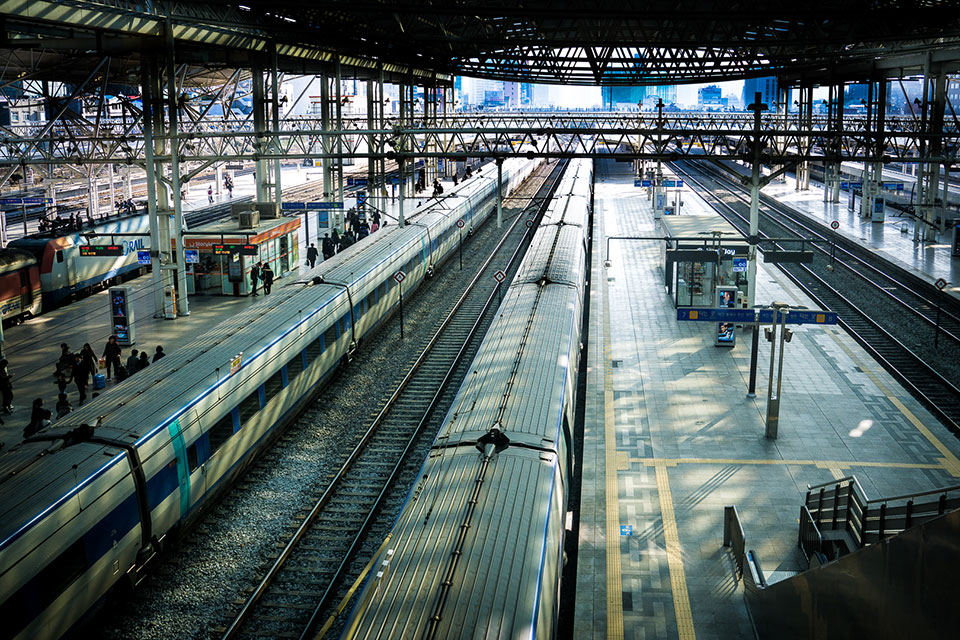
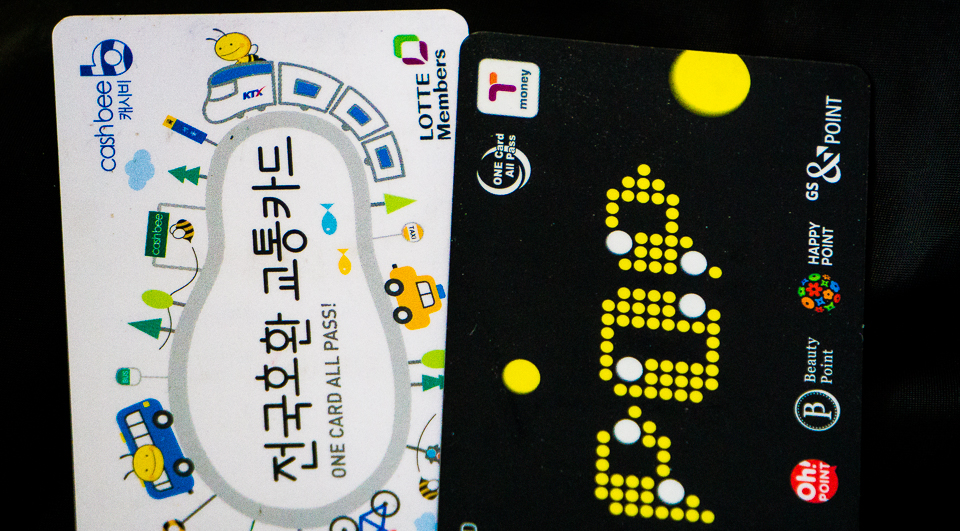
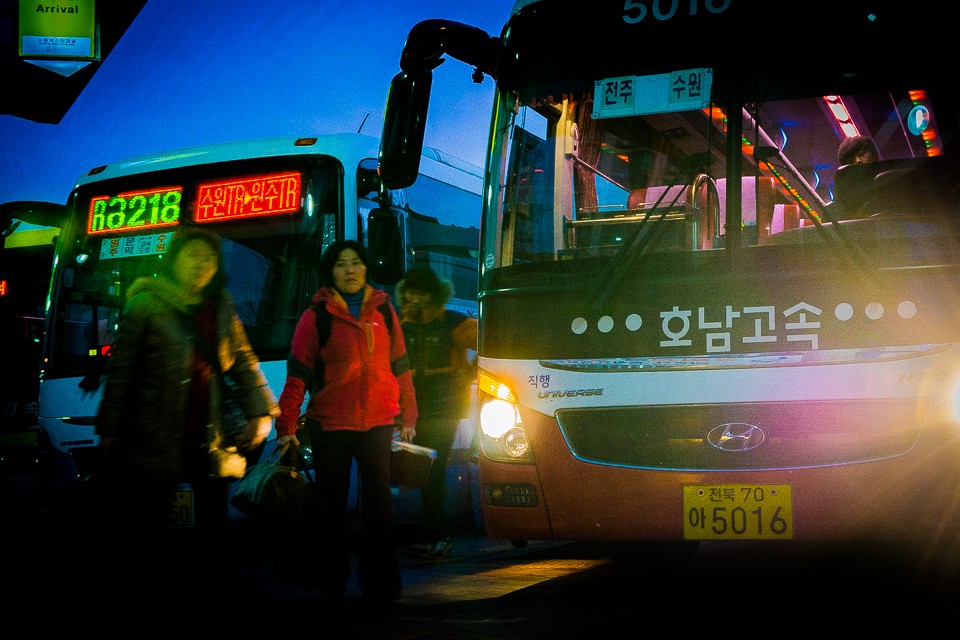
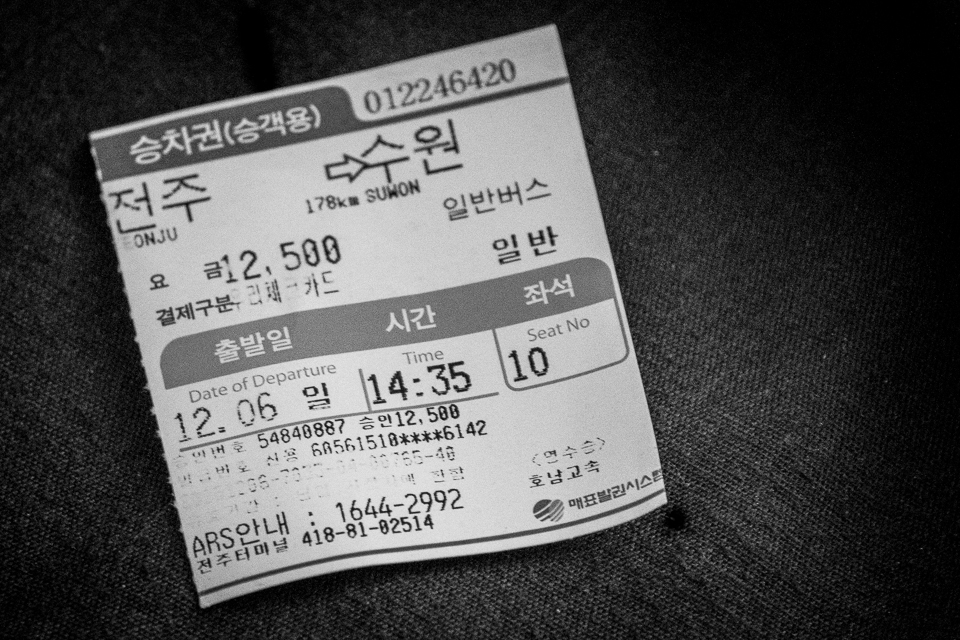
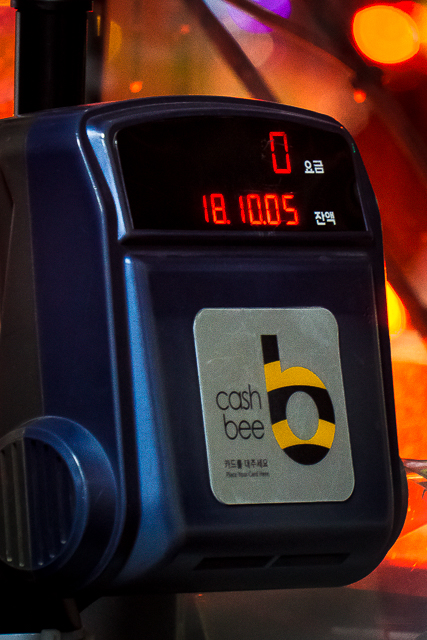
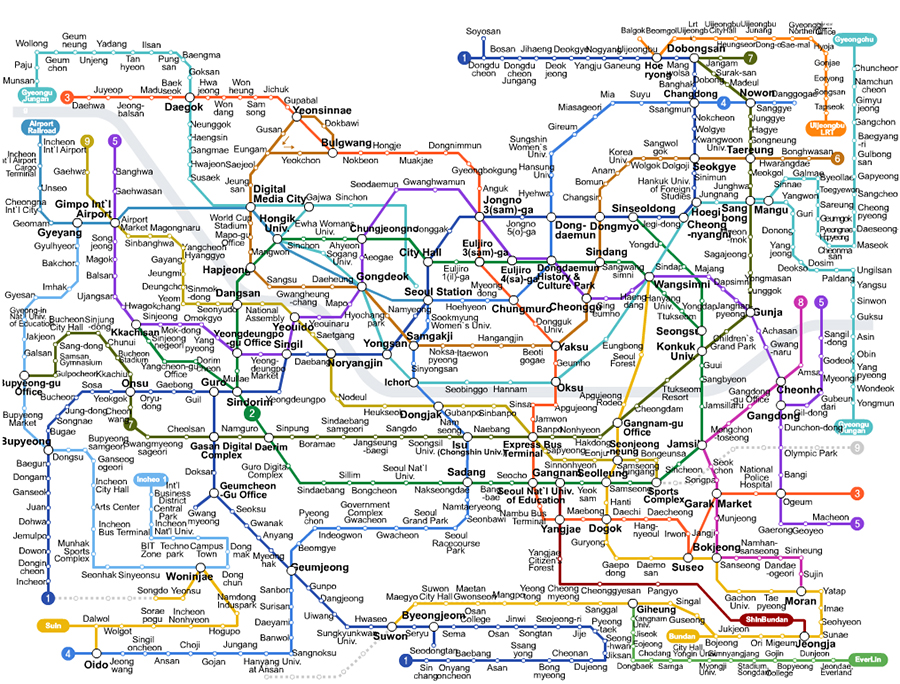
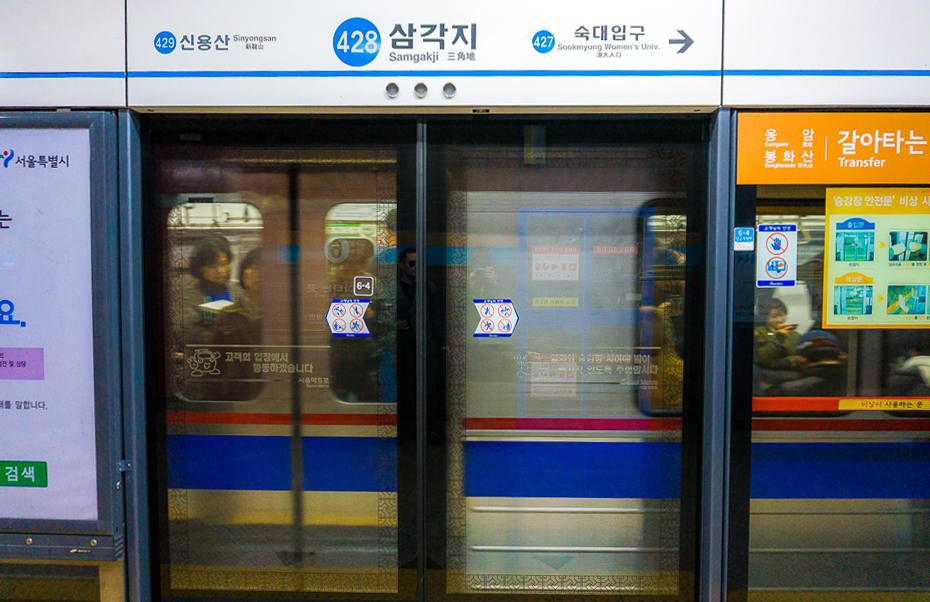
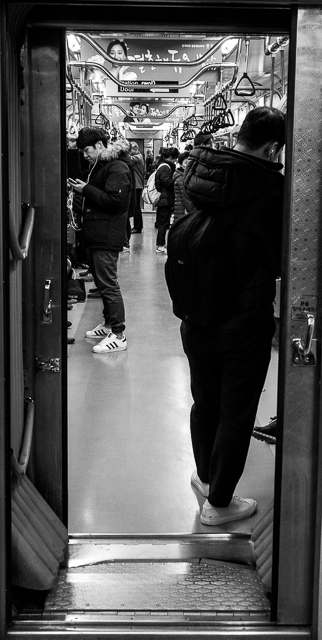
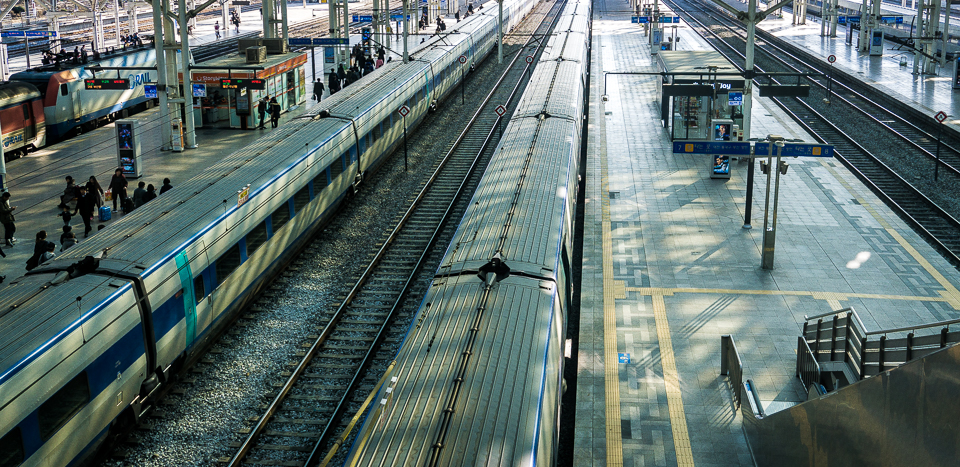
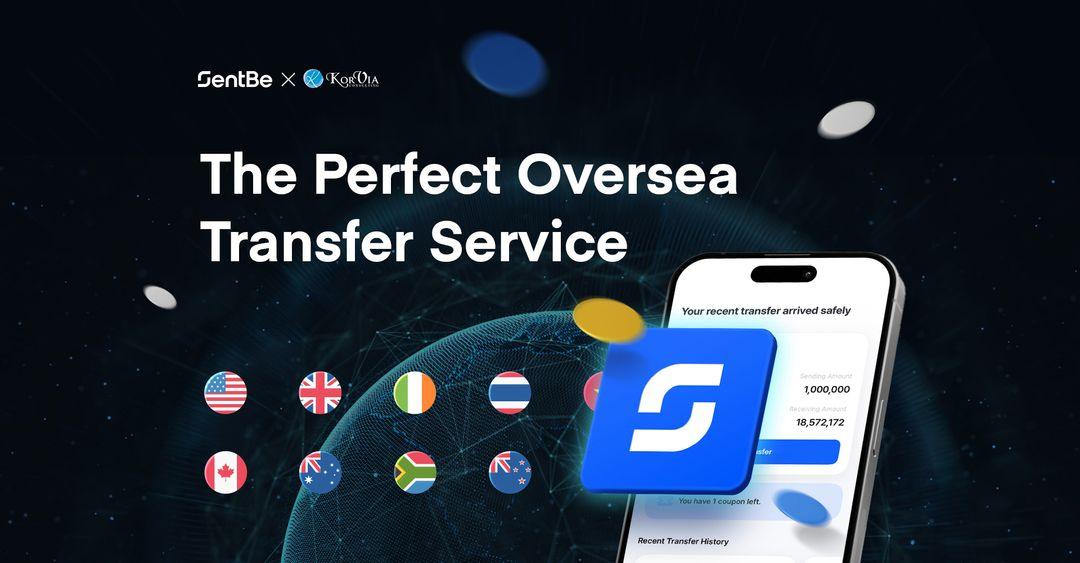
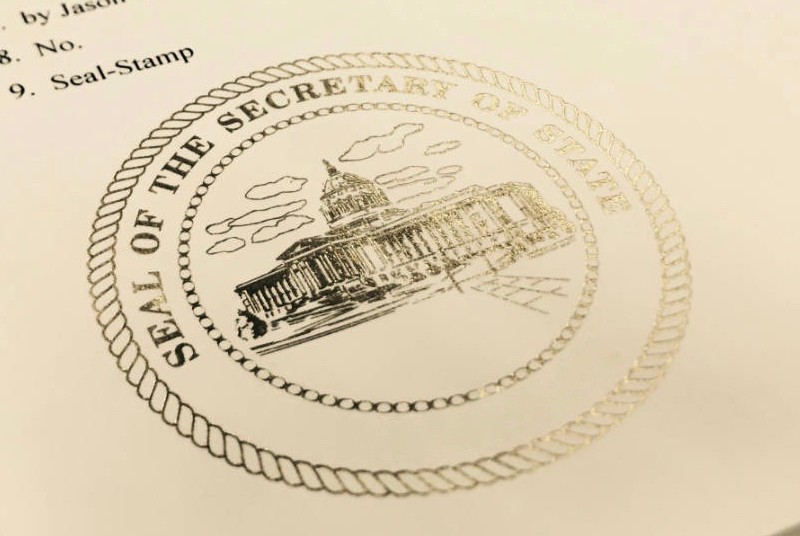

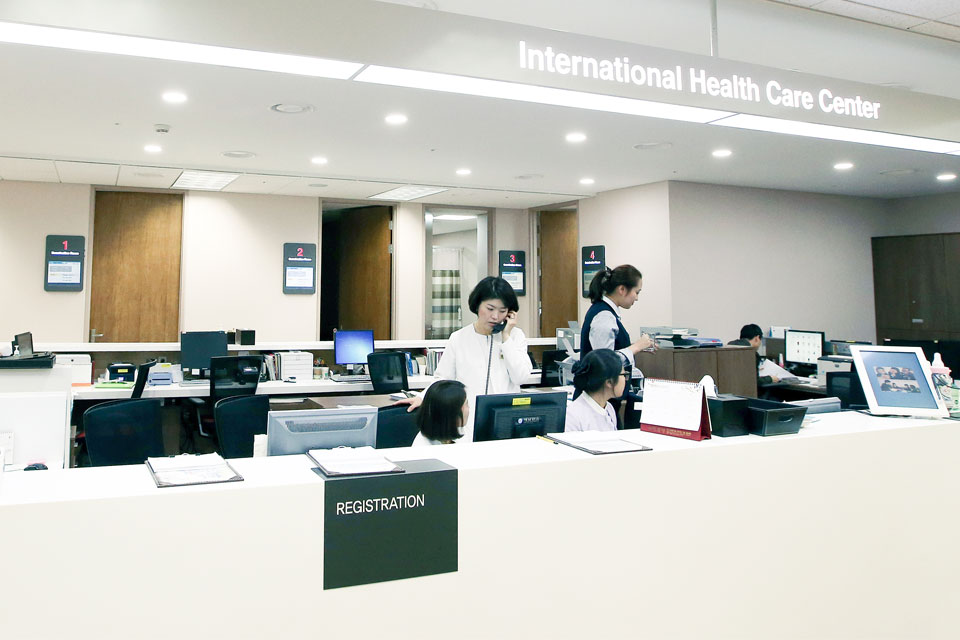

Leave A Comment